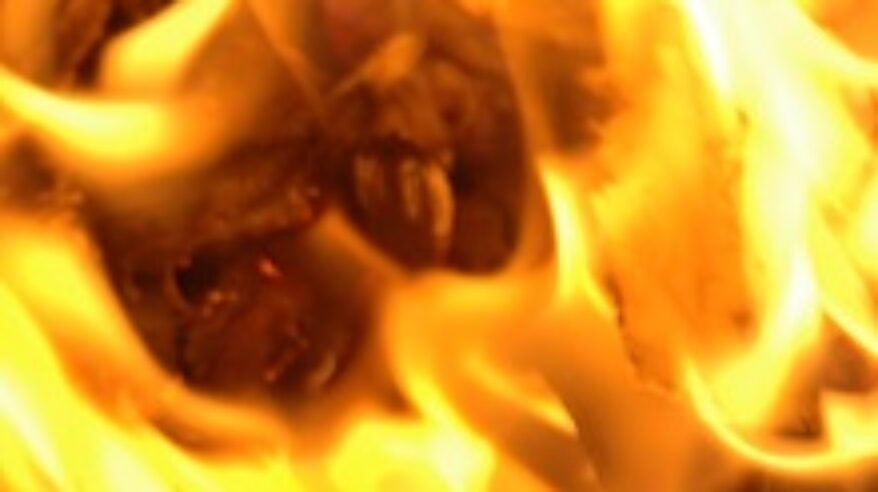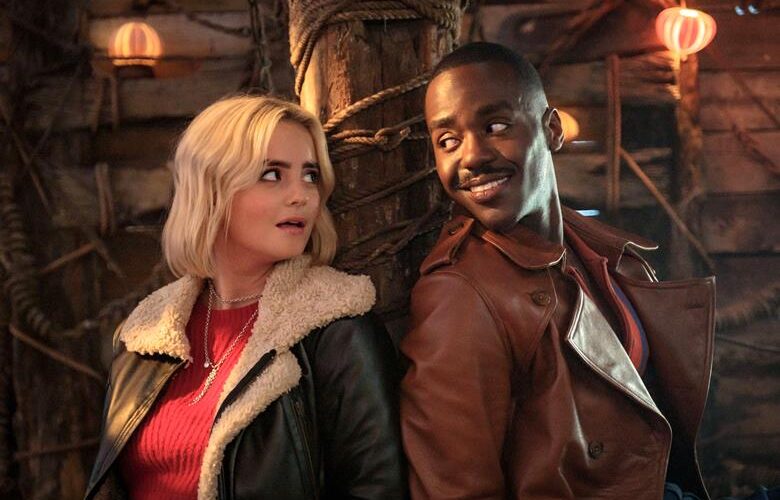Flame: Still on fire after 20 years

It’s been twenty years since Soho VFX house Rushes took on Flame, the ground-breaking visual effects system that revolutionised the post-production world. It enabled Rushes to put Steve McQueen’s head on an actor’s body for the stunning Ford Puma ad and help create a heap of other visually striking projects.
We met up with Rushes head of VFX Paul Hannaford to talk about Flame’s early beginnings and what the post-production world would be like without it.
The relationship between Rushes and Flame – or Smoke as it’s also known – started in 1993 when Rushes’ then technical director, Mark Wildig (who later founded Smoke & Mirrors) had a meeting at the NAB trade show in Las Vegas with the people behind Flame. It was owned by a company called Discreet Logic and still in prototype form, but Wildig saw huge potential in the software. After telling his colleagues back in London about the system, Rushes struck a deal, making them the first post-house to buy Flame and use it in a commercial environment.
Back then, it wasn’t cheap to buy and certainly wasn’t small. “The first Flame cost around £1m, which was a huge of money at the time. It was the size of a fridge, but now the hardware is a box about six inches deep.”
After a struggle to actually get it into the building and working out how to load in material, Flame was up and running in Rushes’ Old Compton street base. With its warping and distortion capabilities, it certainly had an effect on the editing world. “It changed the way that people worked. Instead of being tape based, everything became drive based. It also opened up possibilities, creative ideas and pushed boundaries.”
One of Rushes’ early projects was for the Guns N’ Roses Estranged music video, where Flame allowed them to create 3D models of dolphins and the illusion of water flooding streets. “This was a pivotal moment in terms of pop promos, but in terms of a time leap it was like going ten years into the future.”
Putting Steve McQueen in a Ford Puma a few years later was one job Rushes will never forget. It raised the bar and has become, with the likes of Guinness’ Horses and Surfers and Levi’s’ Launderette, one of the most famous adverts of all time. Flame made the whole thing possible, allowing Steve McQueen’s face from his 1968 film Bullitt to be layered onto an actor’s body driving a Ford Puma.
It all came about when one of the creatives at Young & Rubicam (Y&R) asked Rushes if they had ever put deceased people in living situations. This was something that hadn’t really been done before, so they tried a test using a cut-out of McQueen from a VHS copy of Bullitt and footage of someone driving a Ford Escort. After a pitch using this test footage, Y&R won the account with Ford. “When the advert first came out, everyone said how amazing it was.”
As the years went by, Rushes’ reputation grew, as did its client list, and the future of the company looked promising. But what would have happened if Mark Wildig never took that trip to Vegas twen
Share this Article















